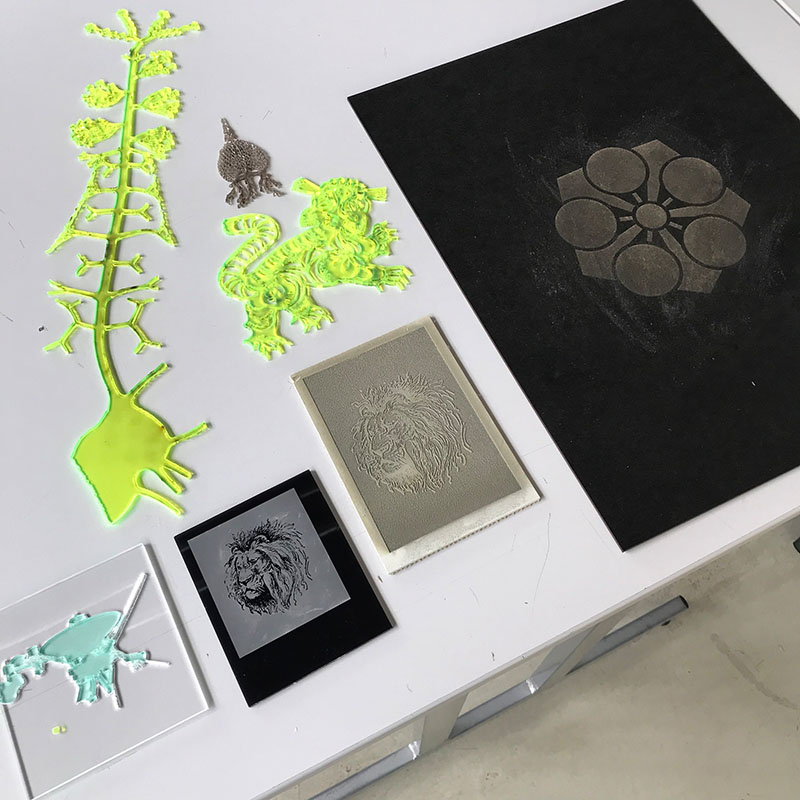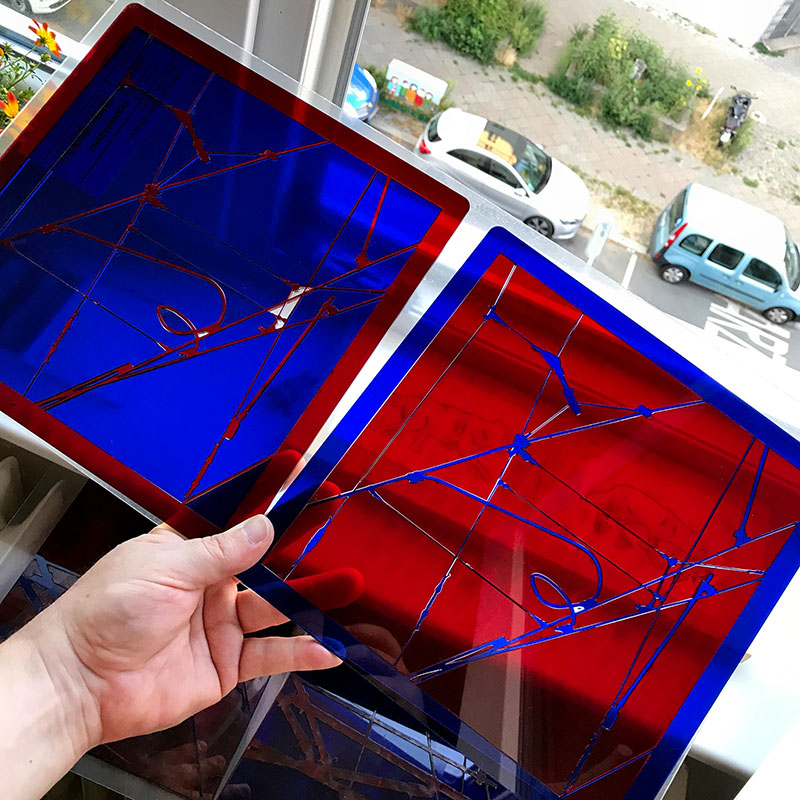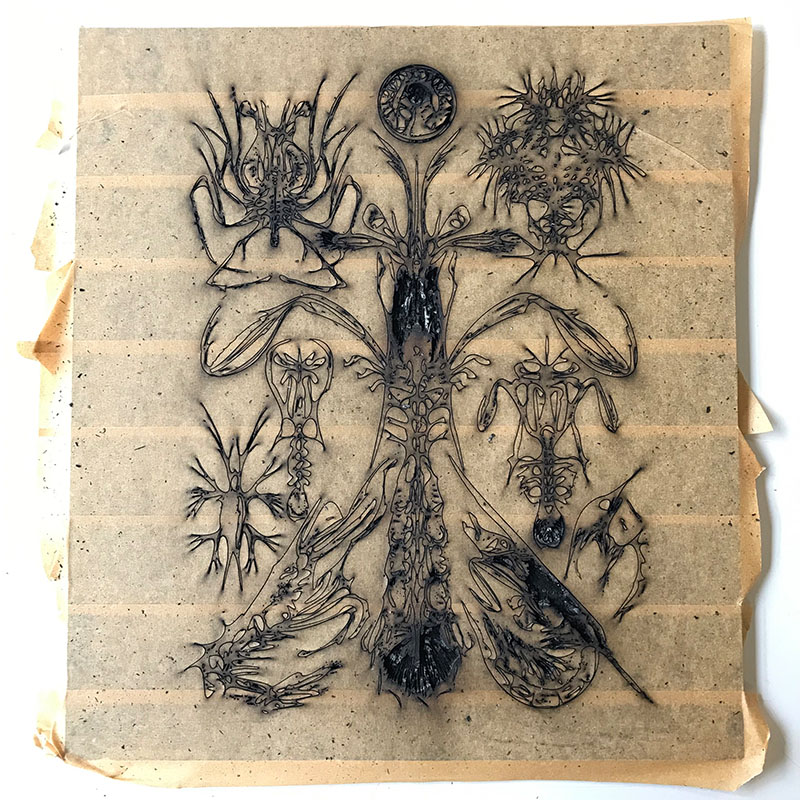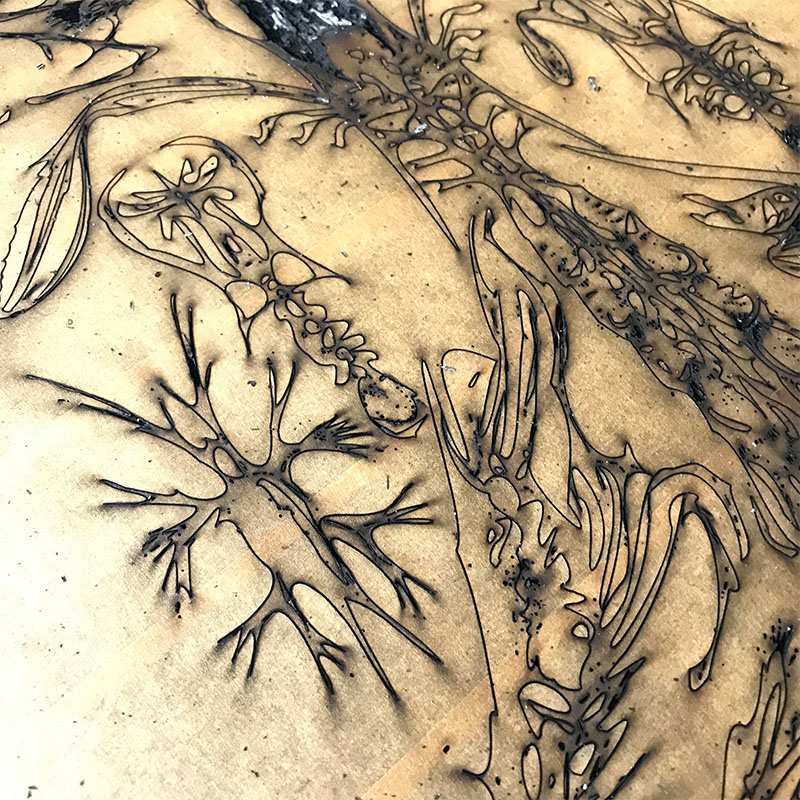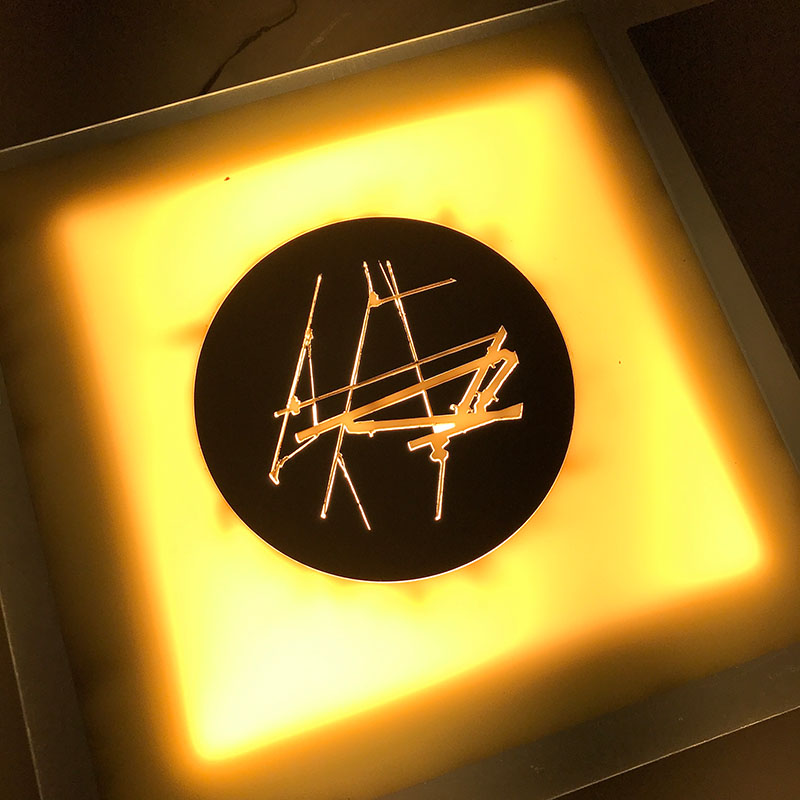Last February, I moved to Berlin, Germany to connect with the global art world and explore new ideas in technology and art. It has been challenging, surprising, and fulfilling.
The move was inspired by a failed California Arts Council grant application. I had planned to use that grant to visit Berlin during some key art festivals. While I was waiting to hear about the application, I spent a lot of time researching Berlin and to make best use of the time that grant would enable.
I didn’t get that grant. The feedback I got from the review was conflicting and confusing, but I didn’t dwell on it. Instead, I made plans to drive across the United States as an art making expedition. That turned out well and I returned to my San Jose art studio to work through multiple bodies of work generated out on the road.
The owner of the house I lived in decided to sell his house and I was looking at options for where to live the next year. Post-Covid Silicon Valley didn’t look very appealing and all my options were very expensive. It dawned on me that I might be able to move to Berlin instead. I had done a lot of research already so I knew where to explore that option. Within a week, I decided to take the gamble.
I started applying for jobs in Berlin and 3 months later, I had one. A month after that, I arrived at Brandenberg airport with a backpack, a laptop, and some clothes. A year has passed since then and the experience has been intense and inspiring.
Impressions
Berlin is a very modern large city. It has a strong public transportation network and diverse civic infrastructure. It has been able to absorb many class and culture imports and offers a strong social support network. Culturally, it has the most active and engaged art audience I ever seen in a city. More than New York.
It is not a skyscraper city, but more spread out into neighborhoods defined by rows and rows of 6 story apartment buildings. Much of the architecture is relatively new. Berlin was heavily bombed in WWII. But, there are integrations of historic places everywhere. The past is not forgotten here.
The late 80s East/West culture and re-integration is still a dominant influence on cultural history. The art scene is steeped in stories of an explosion of culture in the early 90s. But, recent shifts include immigration from Arabic and Global South culture. Also, the internet has diffused many of the cultural silos that defined European regionalism. Many books have been written about all these topics. It’s fascinating to be in the middle of it all.
Berlin Art Sites
One of the first things I did when I arrived was look for art events. There are so many here, it was hard to sift through them all. Specifically, finding galleries showing work I was interested in was a chore. There are over 300 galleries here. Then you have regional institutions on top of that. Going through their websites turned out to be a big hassle. Many weren’t made well and it was a slow process.
I wanted a quick way to look at all of the sites without all the pop-ups and GDPR notices. So, I created a web script that made screenshots of all of them and put the images in a folder. That turned out to be pretty useful and I though others would be interested in the results.
So, I built Berlin Art Websites (berlinartgalleries.de). It uses a tool called Puppeteer to make screenshots of all the websites, each Sunday morning. The results are always up to date and show the latest work on their front pages. It just runs on its own, quietly grabbing the latest from all the galleries around Berlin.
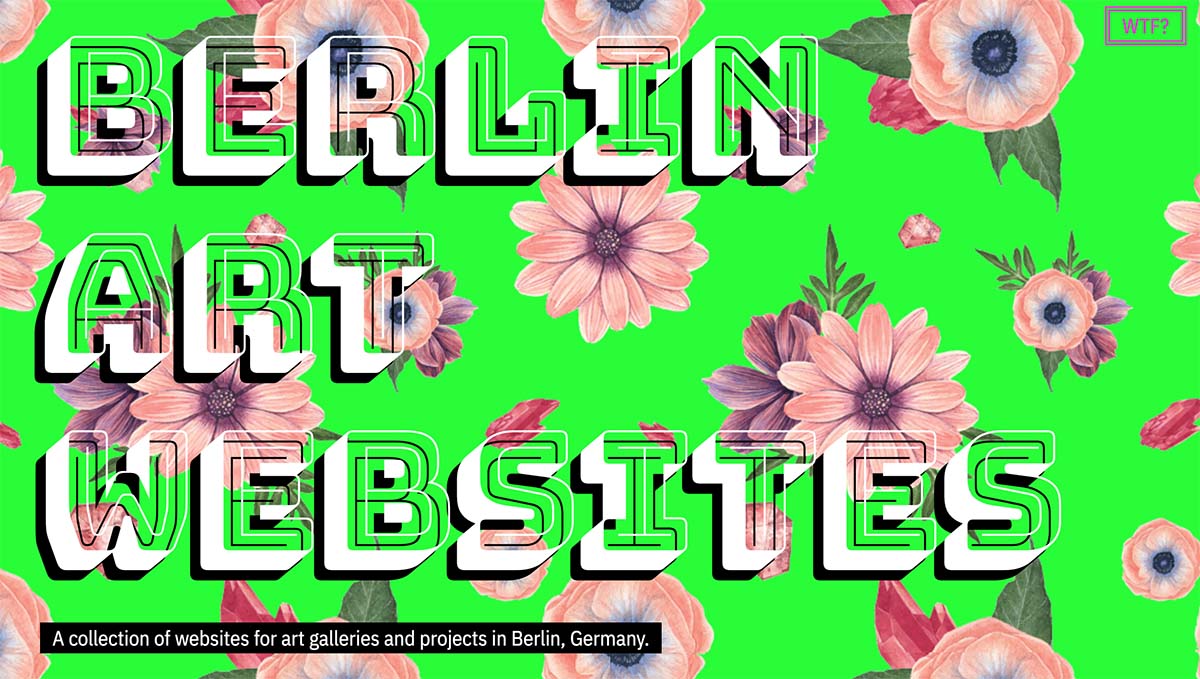
I posted a link to it on Reddit and the response was huge. People seemed to really want something like this.
Artwork
In the past year, I have gone to 1-5 art events a week. I’ve seen the best and worst of what Berlin’s art scene offers. I now have a collection of hundreds of postcards and brochures from the shows. Not sure how I’m going to get them all back to the U.S., actually.
Here is a slideshow of some of the highlights.
Art takeaways
Berlin has a strong set of art institutions that are well-funded and staffed. It also attracts legions of fresh art school graduates from around the world. There is a good variety of art in the middle as well.
NFTs were very popular when I arrived and had multiple galleries dedicated to only that kind of work. By the end of Summer, many of them were gone or in decline. The legacy of that is screen based art is everywhere. Even if they don’t show NFTs, many galleries went all-in with video screens. Whole rooms with nothing but screens.
Nostalgia for 1992 is still popular, from the re-unification of East and West Berlin. There were a lot of middle-aged artists doing work that first began then. It was hit and miss though. All nostalgia is like that. It’s an optimized memory and not a real connection. Art needs something more real to survive.
Diaspora art was prominent. There were shows dedicated to the Global South, the Middle East, and Ukraine. It felt like every other independent show had the word “de-colonize” in a curatorial statement. In Kassel, east of Berlin, the spectacular failure of Documenta 15 (organized by a Jakarta art collective) was in all the art media.
Projects
Laser
Finding a useful workspace in Berlin turned out to be more difficult than I thought. Most of art spaces take connections to get in or lots of money. There aren’t as many maker spaces, either. I could only find 3 that were public.
I settled on a smaller lab in north Berlin that was close to a subway stop and hardware store. It’s called Happylab and is focused on hobbyists and some electronic makers. It has a small storage space that ended up being really useful for someone getting around by subway all the time.
Typical of modern maker spaces, they have a laser cutter. I never used one for art and wasn’t sure what I would do with it. But, I ended up exploring a few different directions for lighting and as a drawing tool.
10X
Using a technique I stumbled onto during my cross-country drive, I’ve continued to make layered abstract photographs. These were made at the Botanischer Garten, Museum für Naturkunde, and Park am Gleisdreieck.
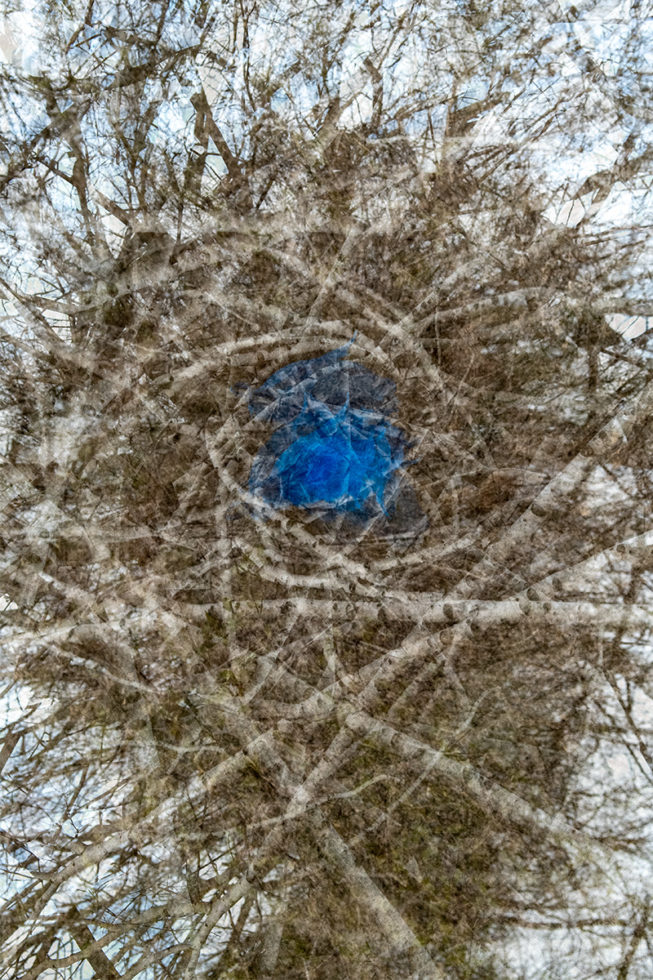
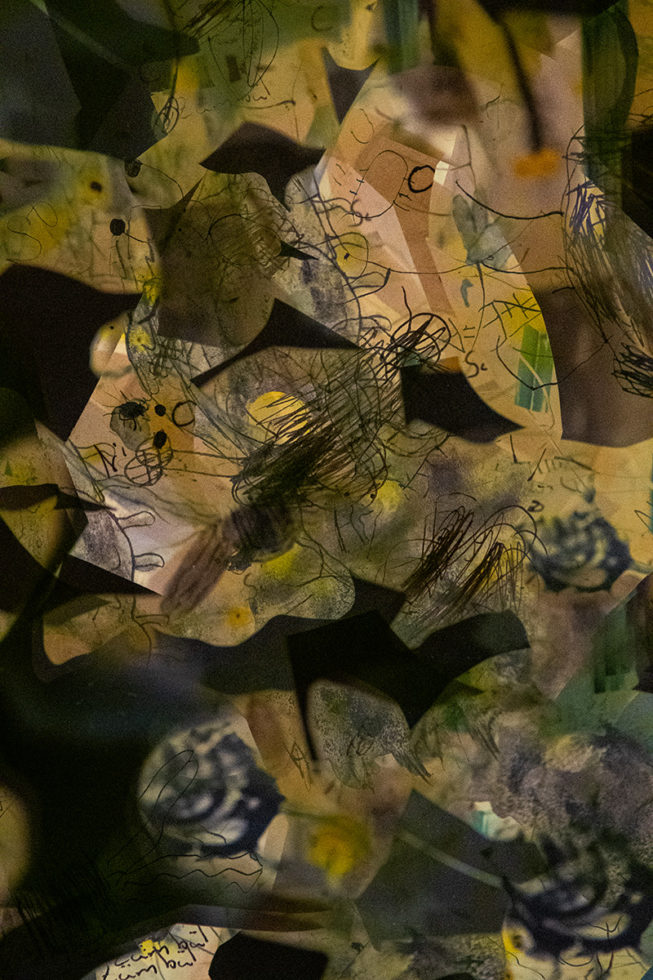
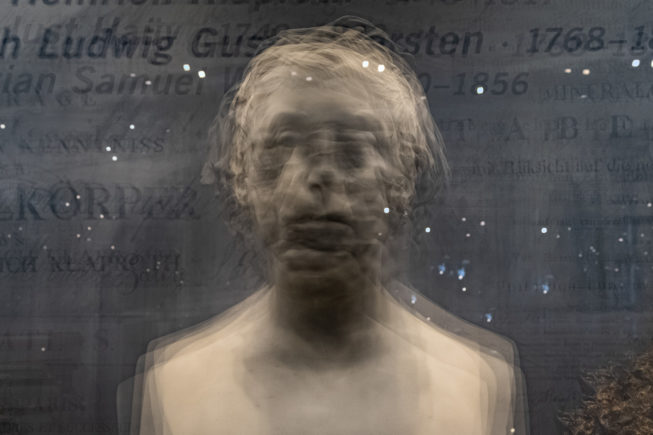
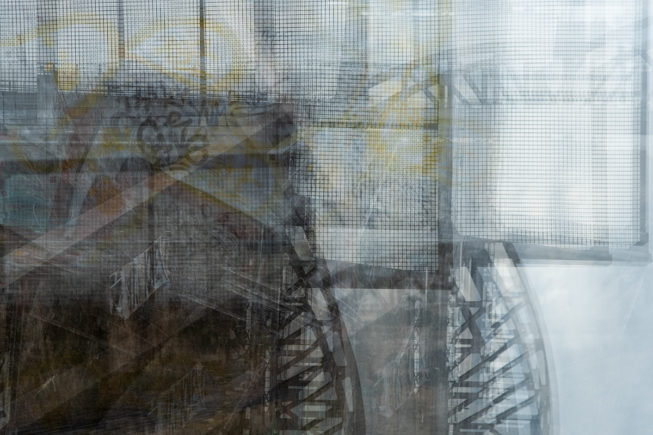
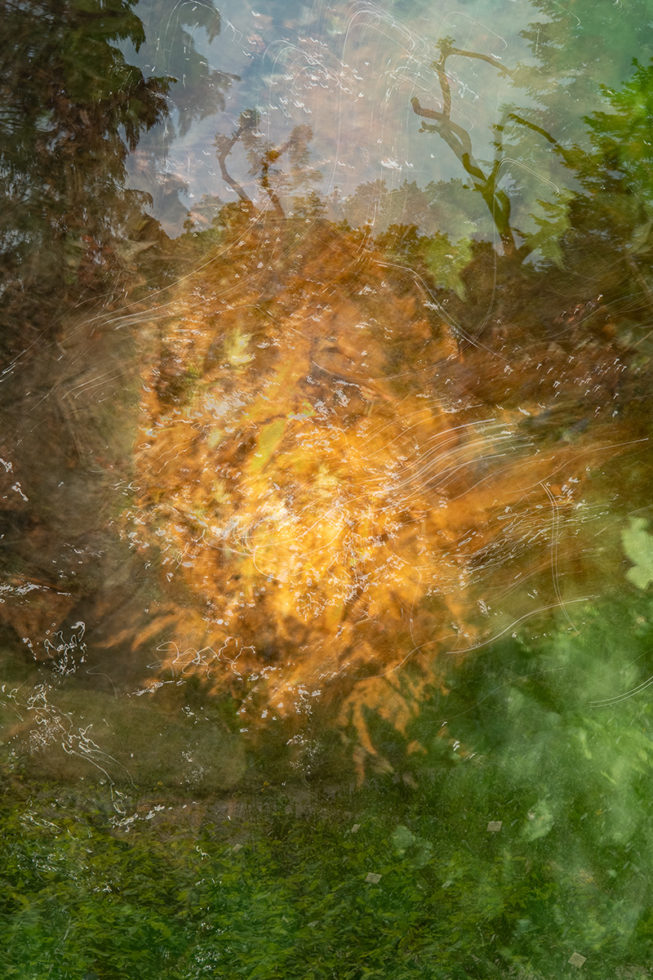

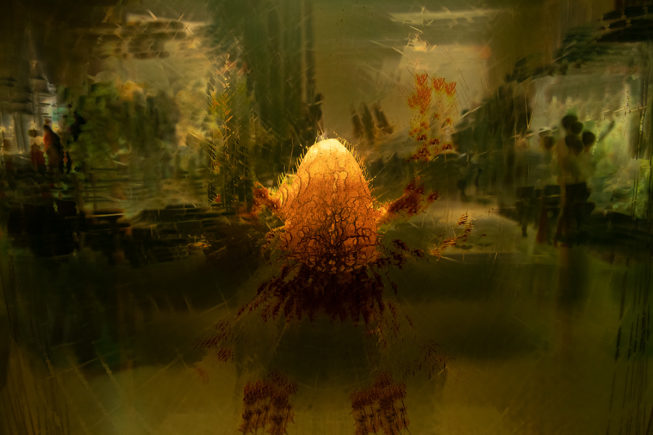
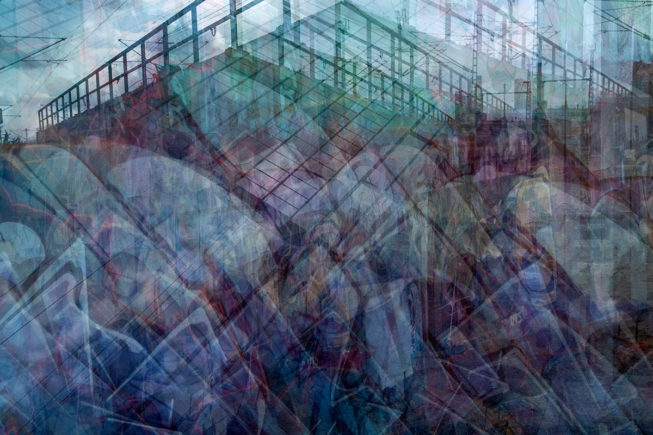
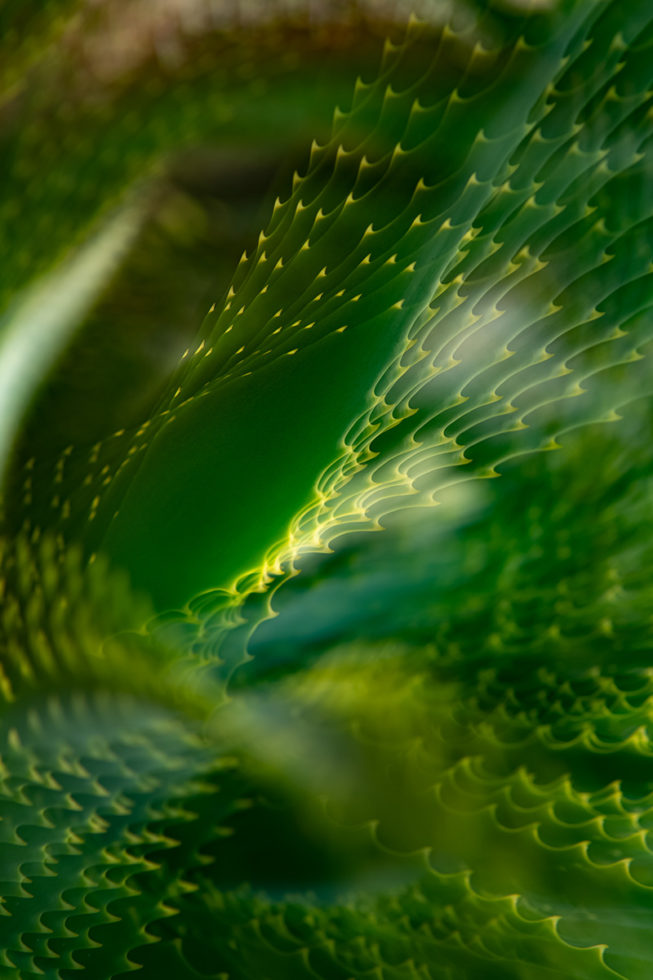
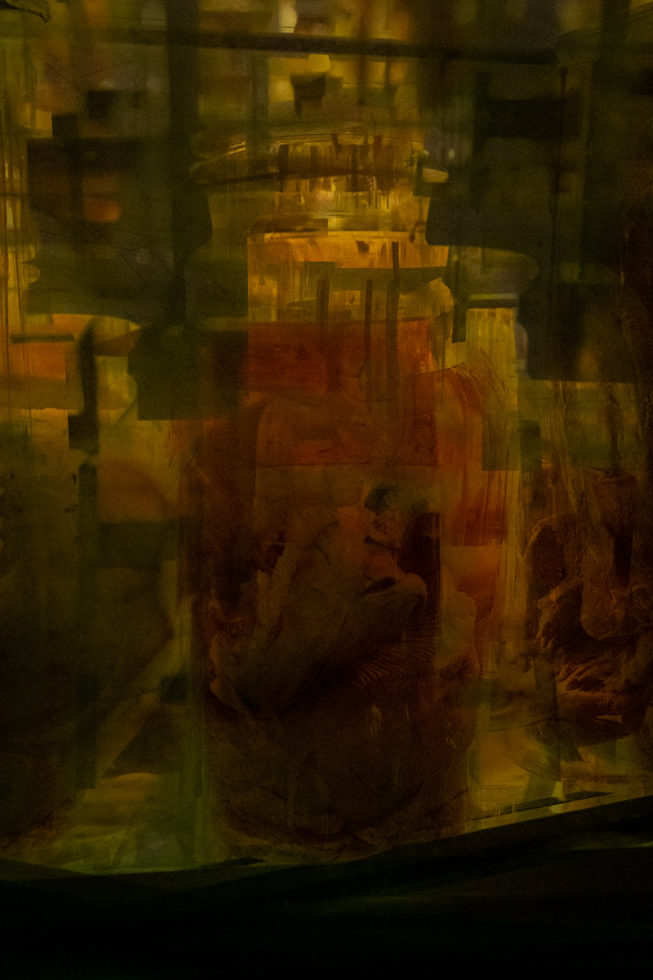
Geist
Germany has a difficult history and has gone to great lengths to incorporate its past into the present, using lessons learned from decades of accountability and scholarship. The Zitadelle is a museum in West Berlin that houses a unique exhibit for this purpose. Throughout the region monuments to problematic past leaders were built from 1849 to 1986. Many of the men they memorialize that had terrible legacies. It includes religious leaders, Prussian military leaders, businessmen, and mythical representations of men in power at the time.
These memorials were getting destroyed and vandalized after re-unification. Archivists and historians were left with a dilemma, how to preserve these artifacts without perpetuating the cultural impact they were intended for. They decided to move them all to a central location at a side gallery at the Zitadelle. There they are presented without pedestals or plaques, living on in anonymity and stripped of iconography.
Due to the political upheavals in the 20th century, monuments that represented problematic or even threatening reminders or appreciation of the old ways were removed from public spaces by the new governments. The museum offers an opportunity to come to terms with the great symbols of the German Empire, the Weimar Republic, National Socialism and the GDR, which were supposed to be buried and forgotten – and now serve a new function as testimonies to German history. Instead of commanding reverence, they make historical events tangible in the truest sense of the word.
Unveiled – Zitadelle Museum
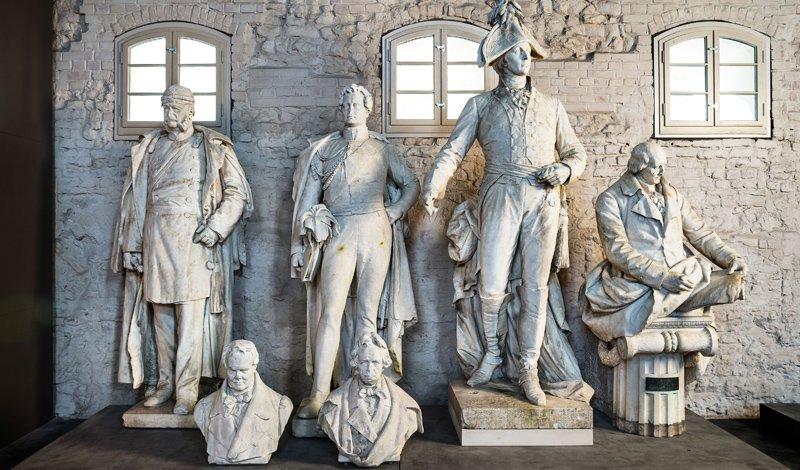
I think that’s a fascinating and powerful solution that can be explored in the United States for our monumental legacy throughout the South.
I photographed the faces and decided to re-contextualize their appearances. In the past decade social media has resurrected some of the worst ideologies in history. They were dying out until anonymous politics became a thing and rekindled their popularity. My idea is to use these statues to build illustrations of these old dying ideas that are empowered by online culture.

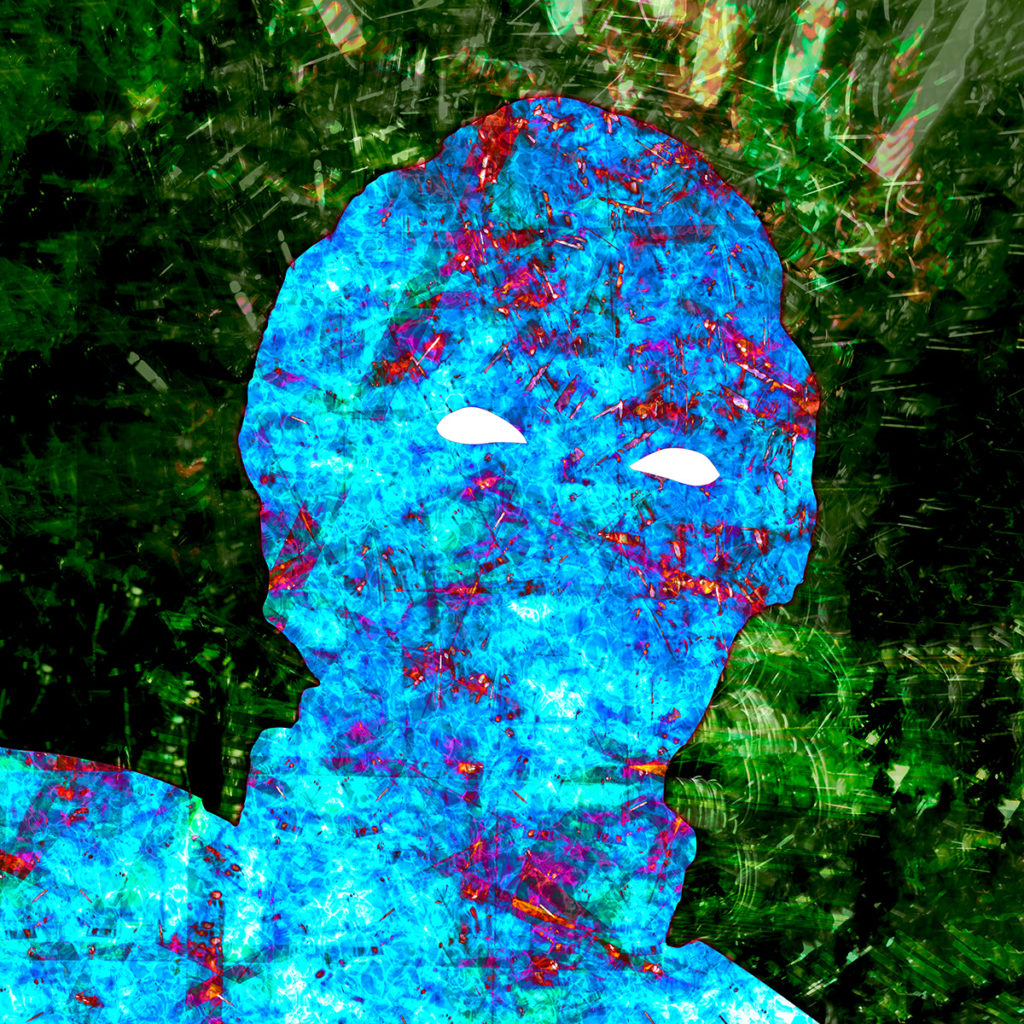
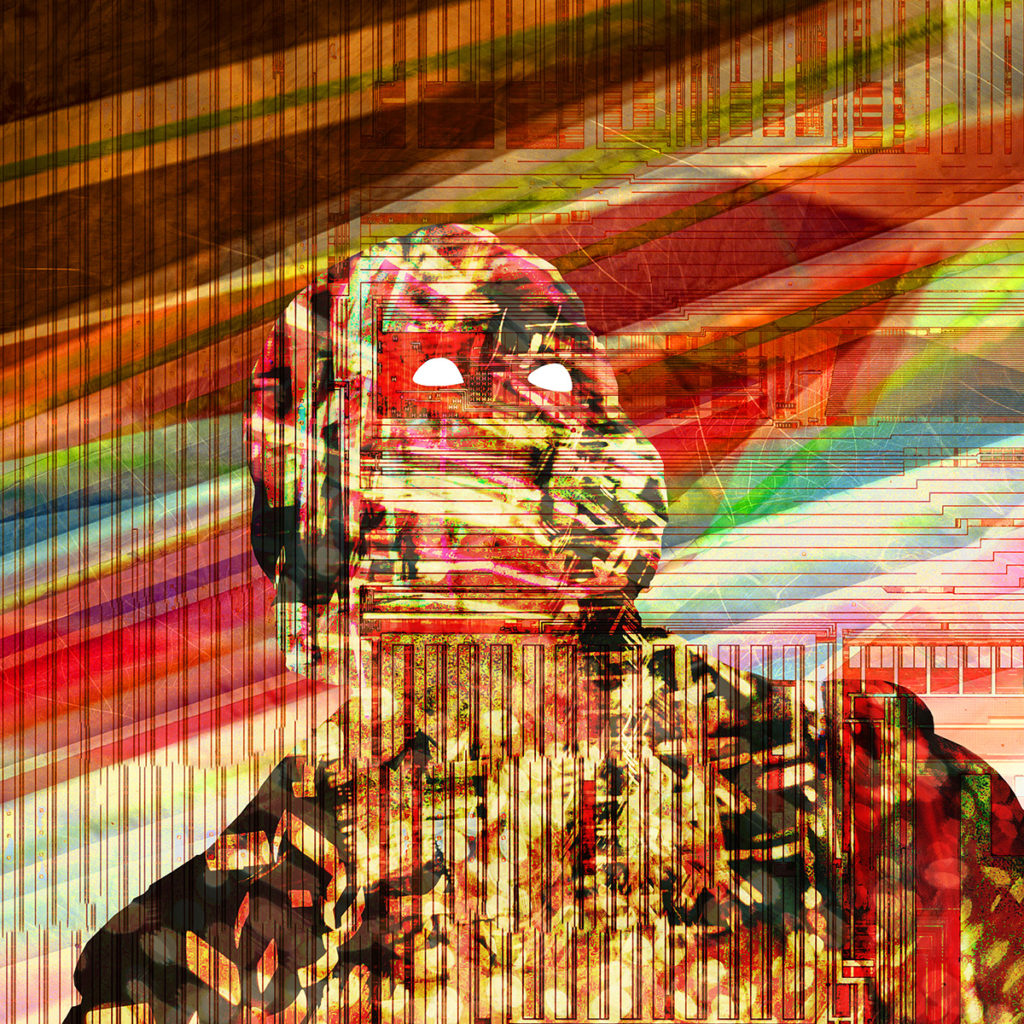
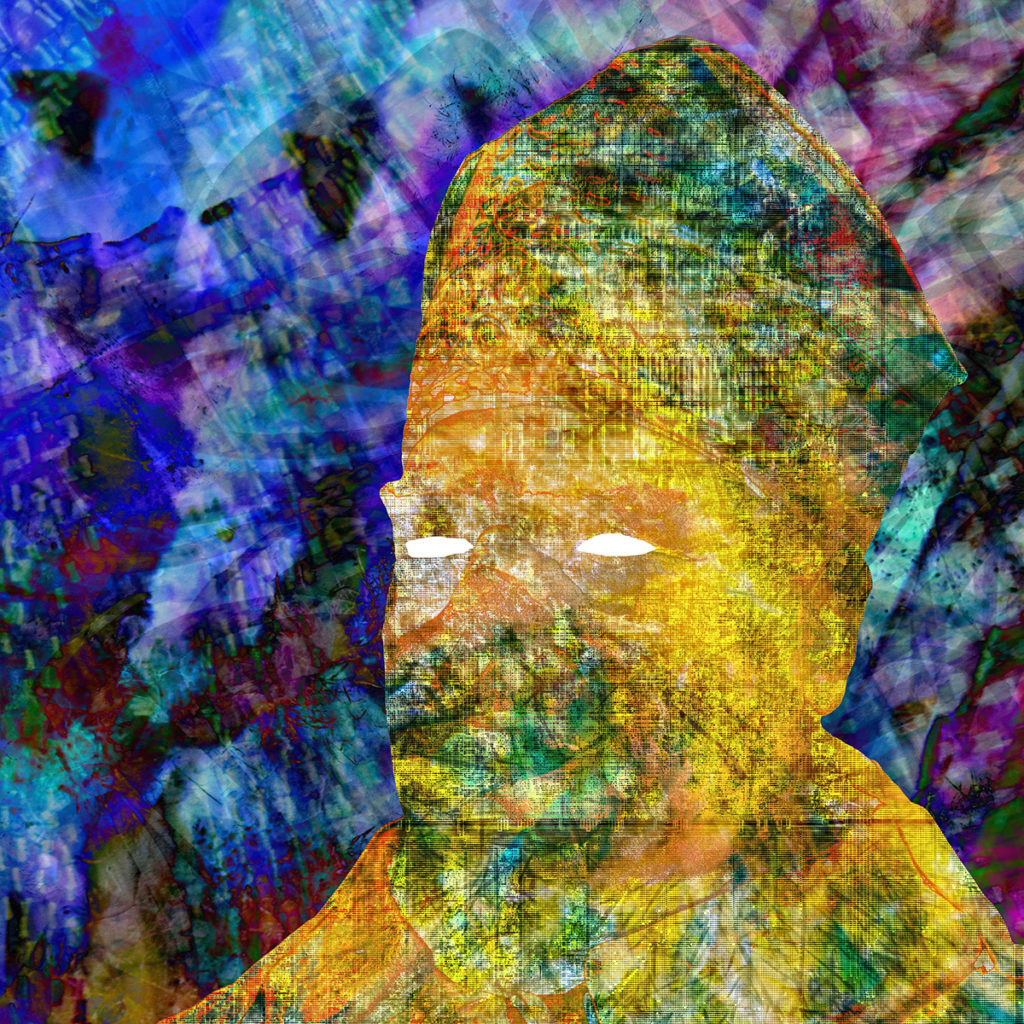
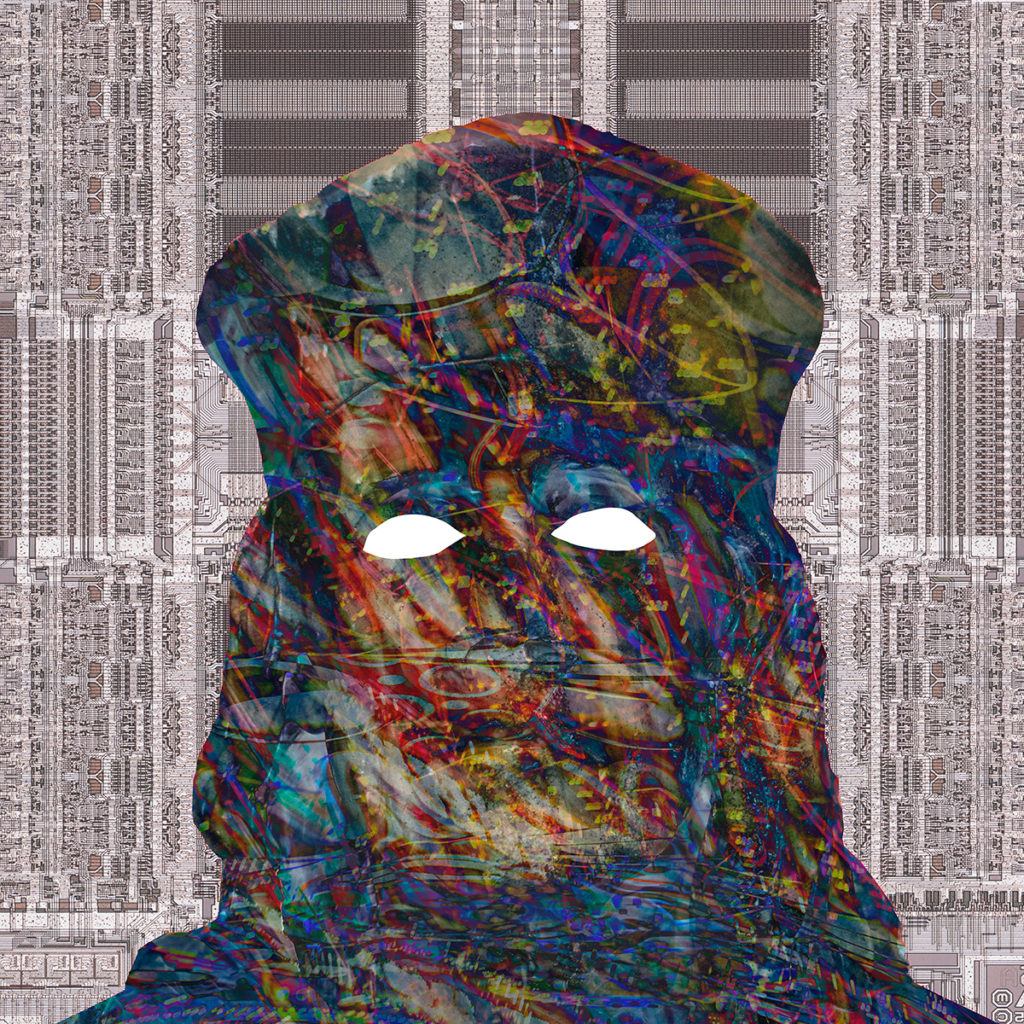
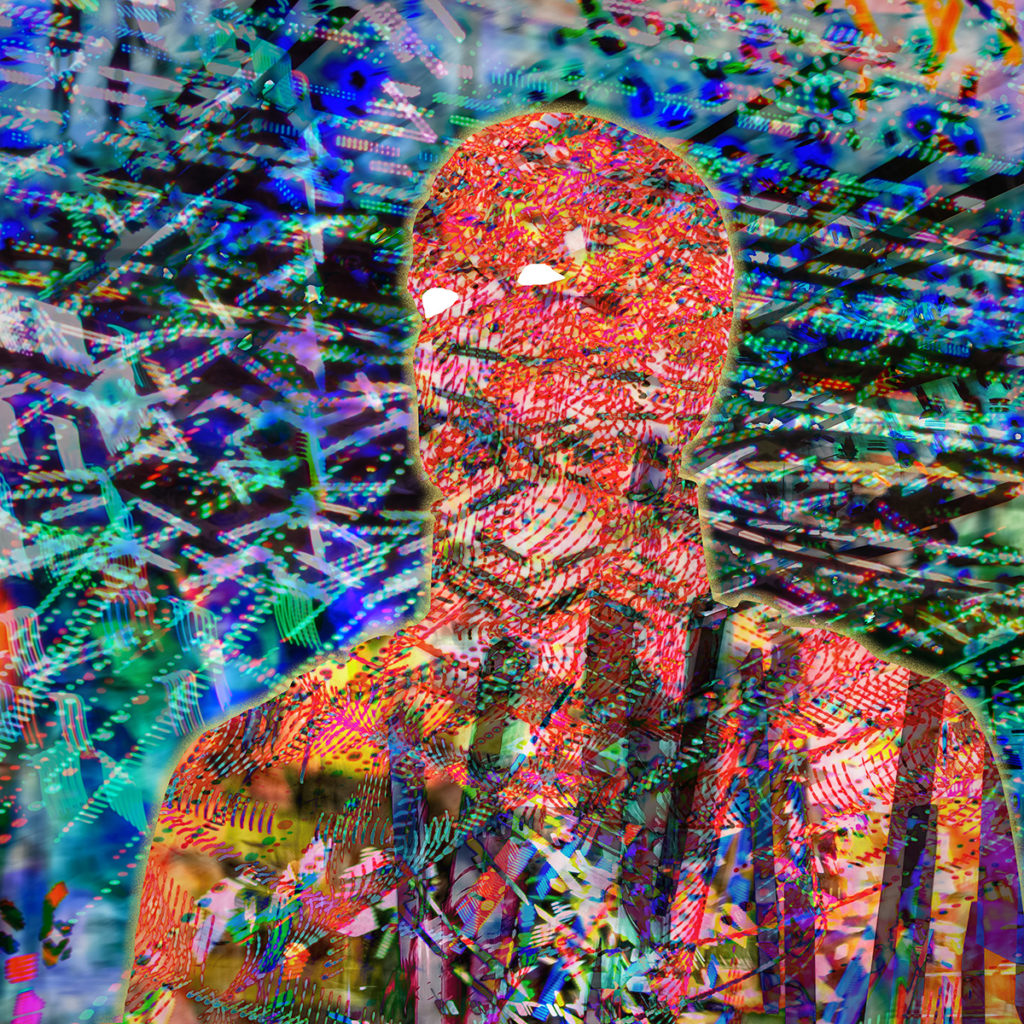


Video
I brought an archive of multimedia files I have created over the years. I thought it would be useful, in the absence of a proper fabrication space, to have some computer based art projects to work on. I also shot some new video footage and got certified to fly my drone in the E.U.
Here is a piece I made using time-lapse footage at a famous subway stop called Alexanderplatz:
This abstract video is made from drone footage over Nevada salt flats:
The most recent work combines drone footage from a decommissioned airport with a generative computer art tool called Primitive:
NachtBox
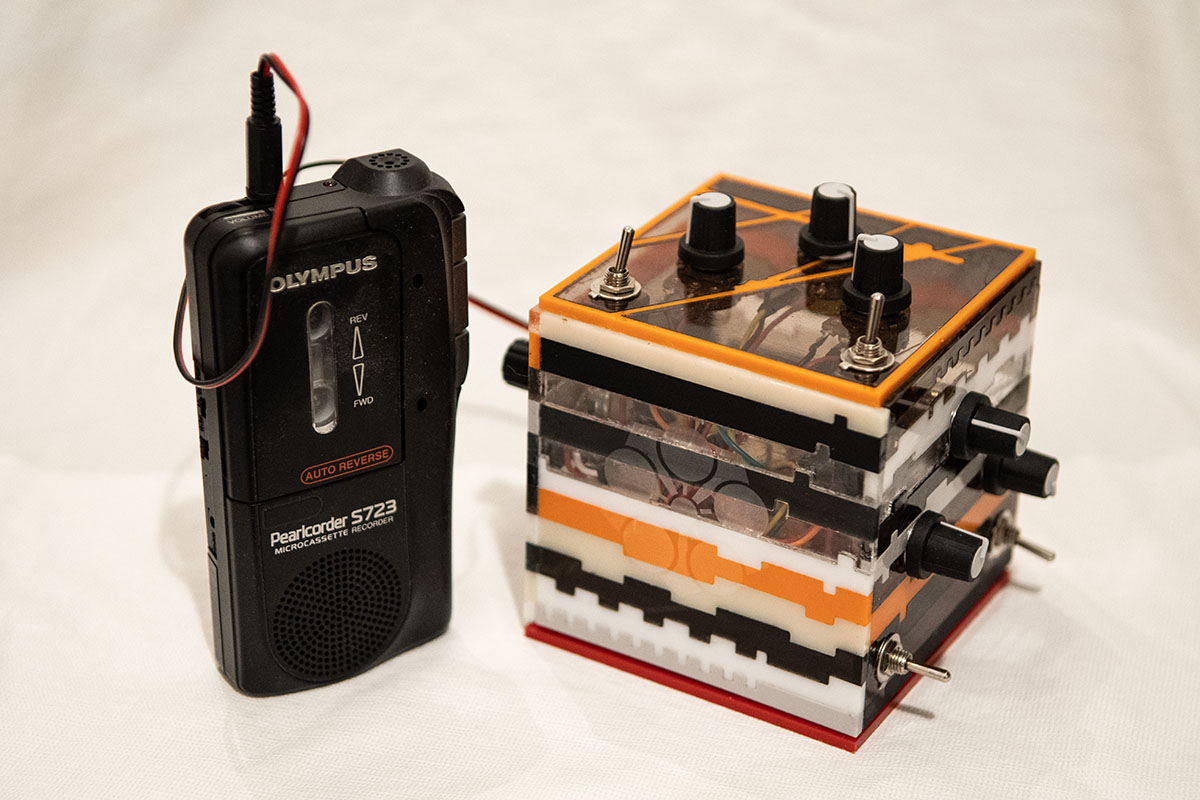
Back in the U.S. I go to thrift stores fairly regularly. I look for small obsolete electronics I can repurpose and dated hardware to build sculptures around. I tried the same here, but most of the thrift stores are focused on clothing. Buying 2nd hand clothing in Europe and reselling it online is a huge underground business.
I did find a place run buy the recycling agency, called NochMall. It’s grossly overpriced but is a source of occasional treasure for electronic art making.
There I found a micro cassette recorder that a German man had used to record himself playing guitar with TV shows in the background. That tape was the real gold. I decided to use it as the core of a music machine that played the tape through a variety of effects. It turned out to be a long-term complex project.
I chose a Teensy 4.1 micro-controller as the main engine for processing the audio. Besides being fast and having decent memory, the manufacturer has an excellent audio library to make use of. It allowed me to prototype very quickly and get to the noise making steps fast. I’m pretty stoked on how this turned out and look forward to performing with it soon.




Next year
I plan on staying in Berlin for at least another 2 years. I have been paying rent on my San Jose art studio, hoping to return to it when I finish my experience here. Unfortunately, problems with the landlord are forcing me to let go of that work space and move everything into storage. It has been a difficult and expensive conclusion to that place.
However, I feel like I am just getting to know this city. This first year has been interesting, but it feels like I’ve just seen the surface. I’m looking forward to getting to know more artists and gallery folks, as well as the creative coding community. After all, it’s the people that define a community, not just the place.
